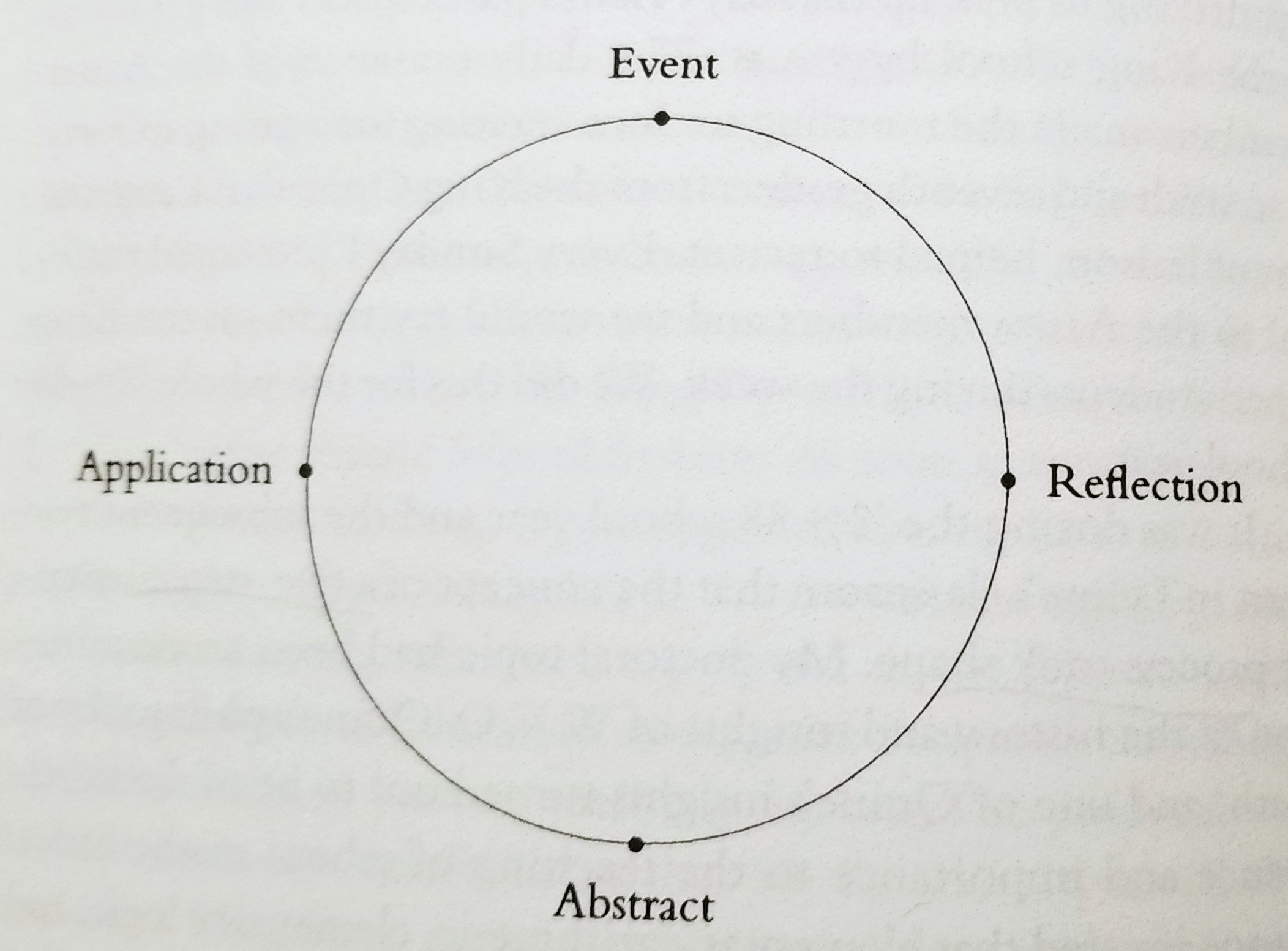This is the second of four part series. Here is part 1.
I have been working to delineate and describe a typology of four types of conversations that could be powerful and effective in secondary science classrooms. They are:
- Conversations that gather, focus student experiences or insights
- Conversations that make real the processes of science and reflect science as a human (as opposed to received) activity.
- Conversations that deepen and expand observations made during classroom demonstrations or laboratory activities.
- Conversations that make visible the processing of learning itself.
This post is the second part of a series discussing each of these types of conversations.
Part 2: Conversations that make real the processes of science and reflect science as a human (as opposed to received) activity.
One of the limits to true inquiry in the science classroom is the perception by the students that science is comprised of a set of received ideas and not the product of human endeavor.
For example, while we work with elementary and secondary students to make inferences and predictions from observations, they do not naturally make the connection that people who lived before they did made observations about things like gravity or the rotation of the Earth around the sun, or the spread of diseases or the erosion of rocks or the properties of various substances. They do not intuitively understand that the knowledge that they take for granted was developed over time by people just like them (excluding patriarchal and dominant societal structures, of course).
Therefore, another type of conversations in a science classroom is that which directly addresses the process of inquiry in the gathering of information.
Experiential learning (in a variety of strategies — inquiry-based learning, project-based learning, and problem-based learning) all contribute to an environment supportive of these discussions.
Here’s an example. A classic classroom scientific investigation involves three containers of water at different temperatures. One is hot (like bath water), one is cold (ice water), and the third is at room temperature. Students are instructed to place one hand in the hot water and the other in the ice water and to leave them them for about a minute (the teacher keeps time). Then, they are asked to move both hands into the room temperature water at the same time and to notice what they are experiencing. When they do, the hand that had been hot feels cold, and the hand that has been cold feels hot. This is as fun as science gets (without fire or explosions anyway).
Once each student has had this experience, the teacher can facilitate a class discussion around what they felt and what it might mean in terms of how our nervous system works. When handled well, the students will come to realize that their nervous system is only reporting on the relative differences in sensation instead of reporting an actual value so to speak.
This can lead to all kinds of other area of inquiry and their related conversations. And through them all, the students can come to understand that this is how knowledge is built. By regular people, just like them.
The next two parts of this series will deal with the other types of classroom discussions. Speaking of discussions, be sure to participate by leaving a comment. Here are links to all four parts:
Part 3
Part 4
